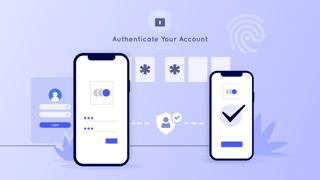How US banks face fraud: The critical first login from a new device

With fraudsters becoming ever more sophisticated — according to the Federal Trade Commission, fraud went up by 185.7% between 2020 and 2023 — banks are under growing pressure to beef up their digital security.
But while advances such as AI-assisted monitoring have enhanced early detection and prevention, they're only one piece of the puzzle.
Just as important, banks must secure their customers' accounts at the first login from a new device. Otherwise, they're doing the banking equivalent of monitoring the stable without bolting the door.
Why the first login from a new device matters
The first time a banking customer logs on from a new device is significant because it's a moment banks have a lot of control over.
The customer is more vulnerable to spoofing and man-in-the-middle attacks. But, if the process is handled well, techniques like fingerprinting — recognizing the customer's device through its unique hardware and software attributes — and device-pairing, in which the customer can only access the app from a specific device, counter these risks and lay the groundwork for strong ongoing security.
So how are US banks approaching the process? Are they setting themselves up for success, or falling at the first hurdle?
Read the full article and the findings of the research on the Financial Brand.
Book a free demo to explore more about FinTech Insights and its capabilities.
You may also like
October 10, 2024
December 10, 2024
May 15, 2024

Build a digital banking strategy that can't be challenged
Let's show you how FinTech Insights can help you wow your customers, on every login.